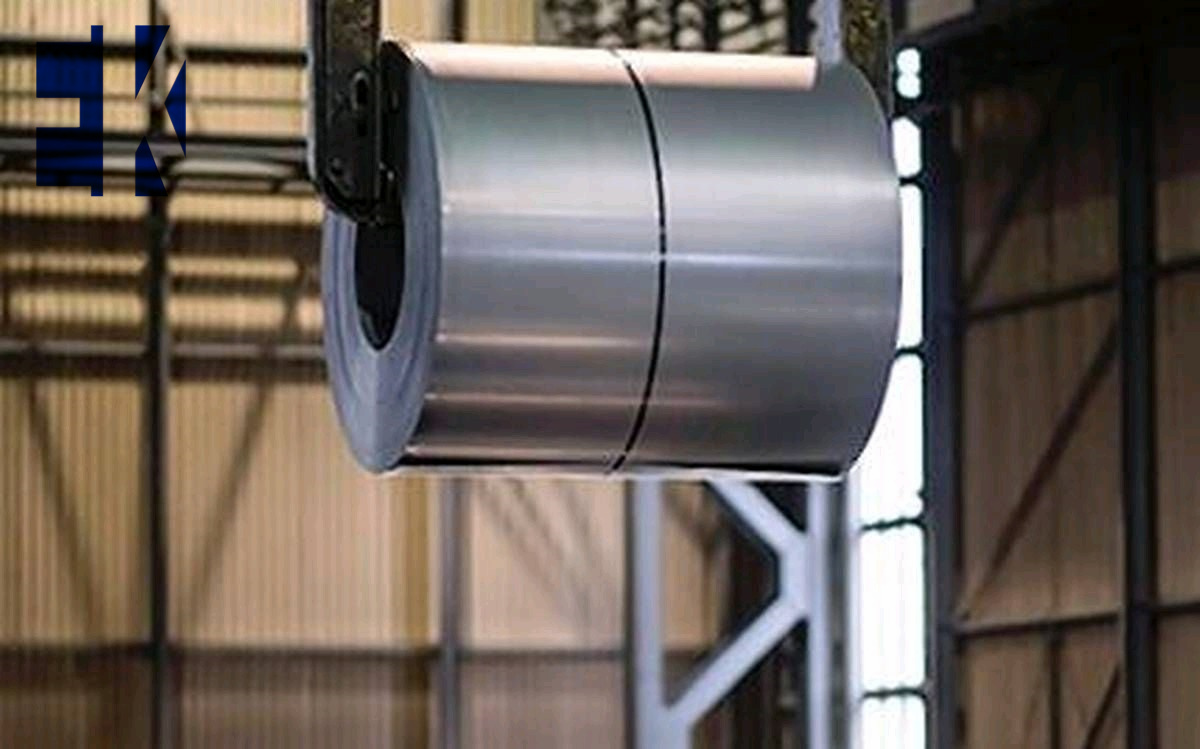Designed and built a circulating flow experiment device to simulate the corrosion environment of the top circulation system of the sewage stripping device. Using electrochemical test methods and surface analysis techniques, the corrosion behavior and characteristics of 316L stainless steel (316L SS) in the sewage medium were studied. . The experimental results show that the corrosion form of 316L SS in the sewage medium is local pitting corrosion, and the corrosion surface has scattered pits. The content of NH4Cl in the sewage medium and the flow rate of the medium are the key factors affecting the corrosion rate of 316L SS. When the mass fraction of NH4Cl in the sewage medium is less than 4.0%, the corrosion system impedance is large, and the anodic polarization curve of 316L SS shows a typical dissolution, passivation and pitting process; when the mass fraction of NH4Cl is greater than 4.0%, the polarization curve There is no obvious passivation zone, and the impedance radius of the system decreases sharply at this time, indicating that a complete passivation film is not formed on the surface of 316L SS, and the corrosion resistance of the material is reduced. When the mass fraction of NH4Cl in the sewage is 4.0% and the medium flow rate is greater than 1.0 m/s, the corrosion rate of 316L SS increases sharply.
Copyright © 2019 East King Steel (Guangdong) Co., Ltd. | All Rights Reserved
We are here to help you! If you close the chatbox, you will automatically receive a response from us via email. Please be sure to leave your contact details so that we can better assist